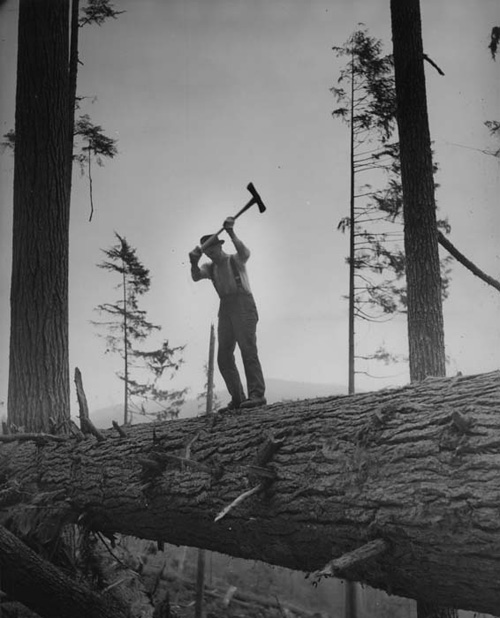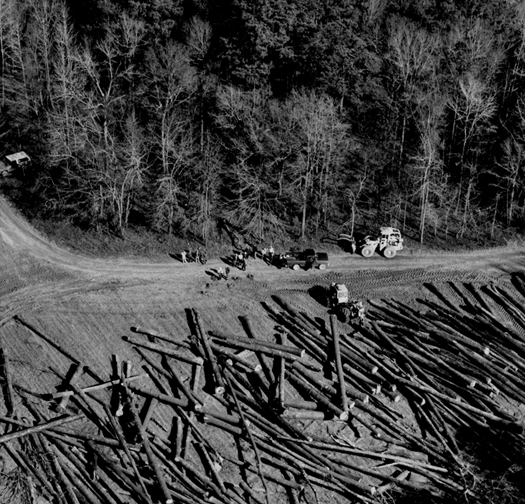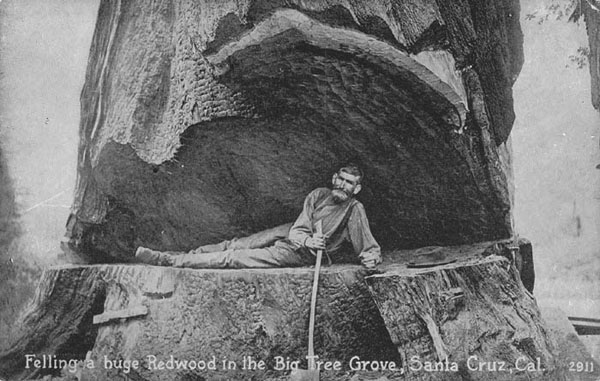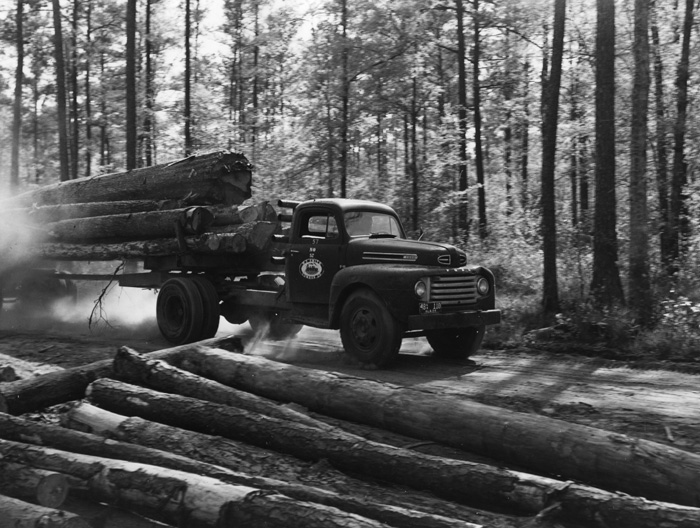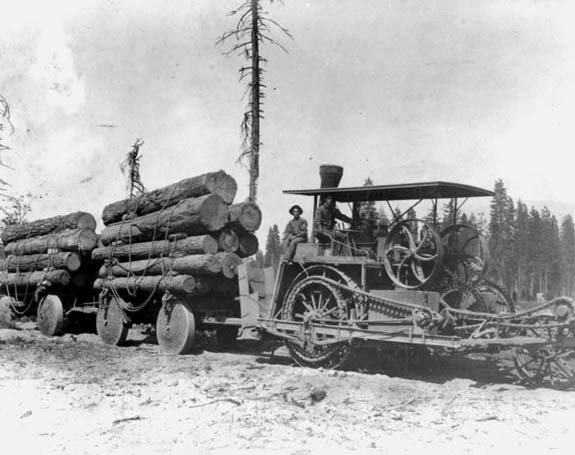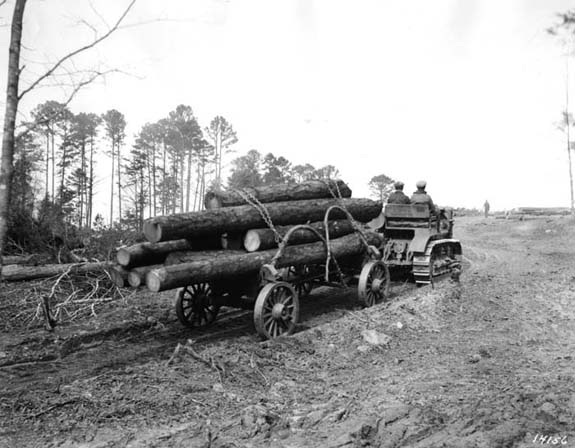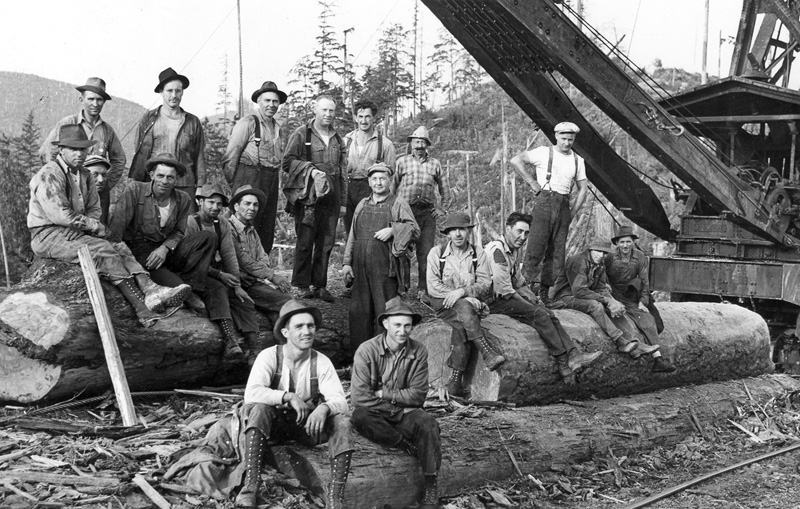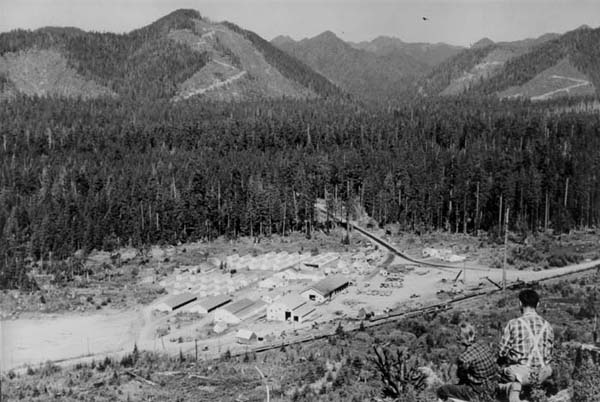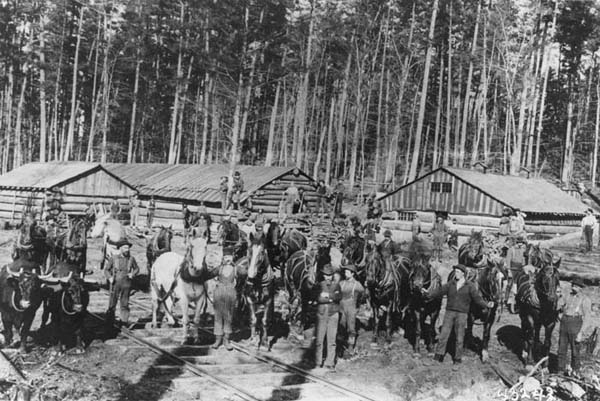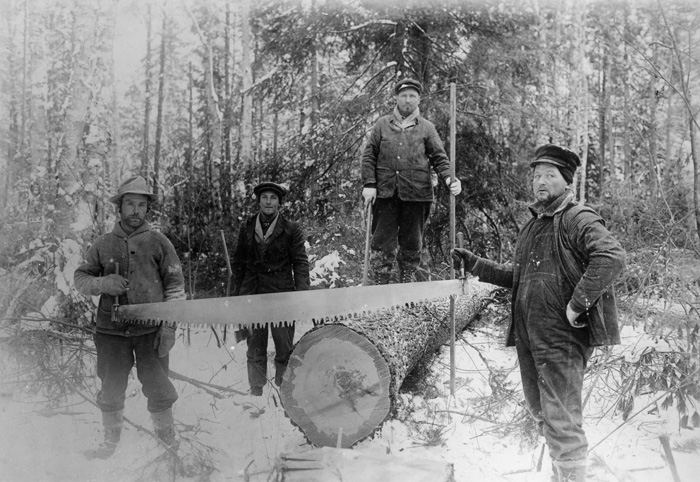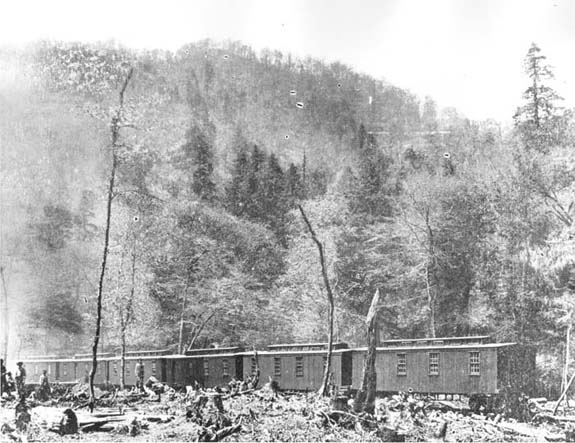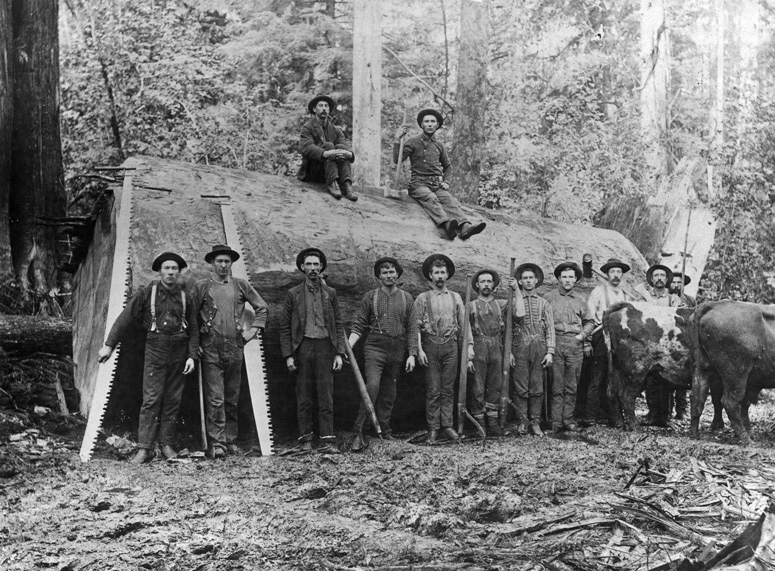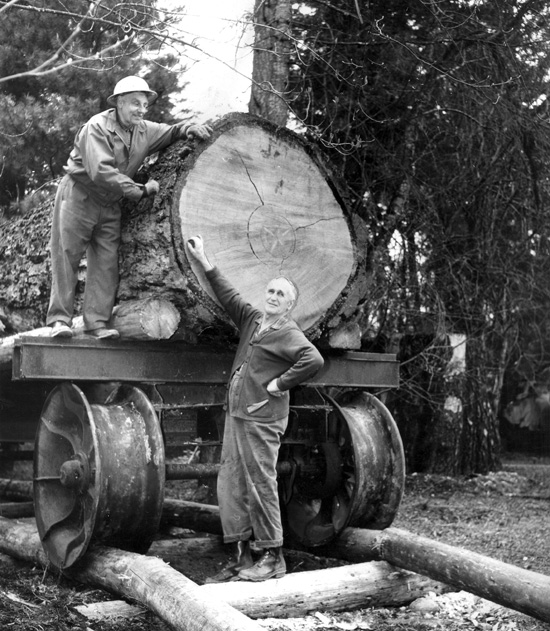Historical Context
Working forests have been owned and operated for investment purposes for centuries, which makes timberland one of the world’s oldest and most established asset classes.
Photos courtesy of The Forest History Society.
Timberland Ownership
Historically, governments across the globe have held large swaths of productive working forests as public parks and timber reserves. In the United States, the pattern of working forest ownership has been even more diverse. Federal, state and municipal governments have traditionally held a great deal of the nation’s productive timberland, but families and individuals have owned even more – often holding their lands in small, scattered tracts.
Throughout much of the 1880s and most of the 1900s, major forest products and paper companies also were significant owners of high quality timberland, accumulating millions and millions of acres in the Southeast, Northeast, Midwest, Inter-Mountain and Pacific Northwest regions – often from the U.S. Federal Government through land grants, many of which were associated with the building of railroads and other forms of public infrastructure. These large-scale “industrial forests” often encompassed hundreds of thousands of acres of mostly contiguous land and they were usually managed by their owners for intensive timber production using advanced scientific (“silvicultural”) practices. This provided many of the nation’s largest and most well-known manufacturers of building materials, furniture and paper and packaging products with large volumes of high quality, easily accessible, low-cost timber. In the late 1980s, however, this paradigm began to shift as many industrial timberland owners started to divest of their working forest holdings. This produced an attractive new investment opportunity for institutions and high-net-worth families and individuals.
Forest and Paper Industry Consolidation
Faced with an array of challenges, including stagnating markets, increasing levels of environmental regulation, growing global competition, the need to modernize infrastructure, high levels of corporate debt, and pressure from shareholders to focus on their core manufacturing businesses, global forest products and paper companies began to experience the early pressures of a prolonged industry consolidation in the early-to-mid-1980s. This re-structuring of one of the world’s largest economic sectors continued for more than 20 years. During this period, the need for capital and greater strategic focus led companies like International Paper, Champion International, James River, Scott Paper, Willamette Industries and Georgia-Pacific to divest of their timberland holdings. They and their peers began selling millions of acres nationwide to large institutional investors like tax-exempt pension funds, foundations and endowments. This opportunity was largely spawned by forestry-trained investment professionals who were working in the banking and insurance sectors in lending roles. These individuals included some members of TIR’s own leadership team, who educated the institutional marketplace about timberland’s investment attributes and began to offer their acquisition and asset management expertise to the broader investment community. In the early 2000s, these timberland investment pioneers were soon joined by public and private real estate investment trusts (timber REITs), which held timberland in securitized vehicles. Ultra-and high-net-worth investors, who were typically seeking asset diversification, capital appreciation, cash flow and even the non-investment oriented benefits of timberland ownership, like land conservation and private recreation, also began to become more prominent players in the timberland investment sector during this period.


